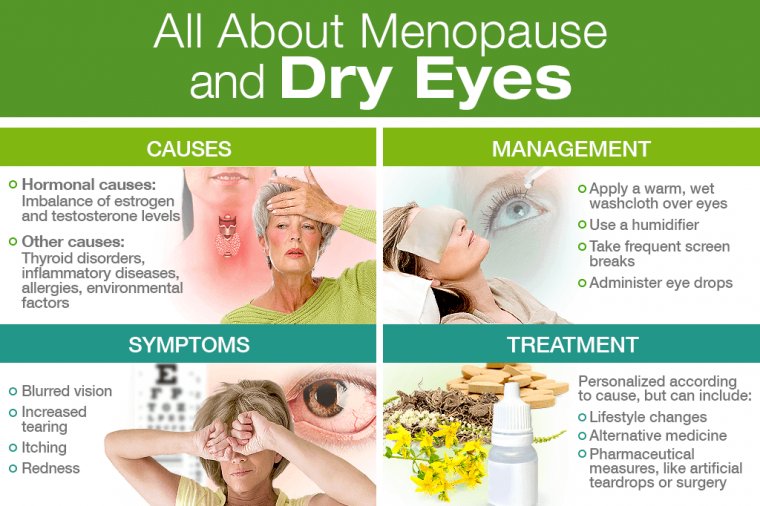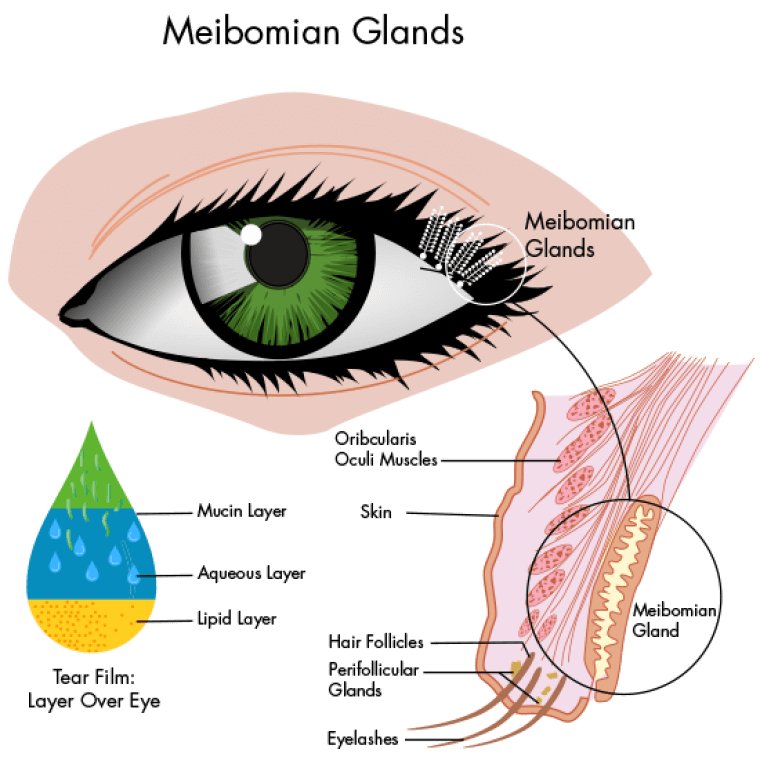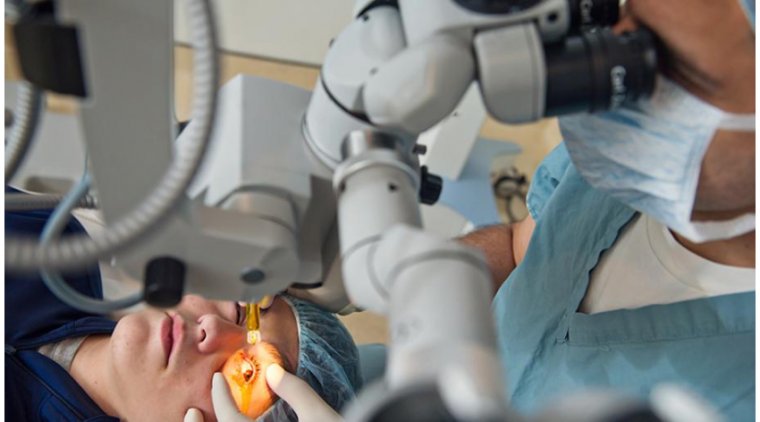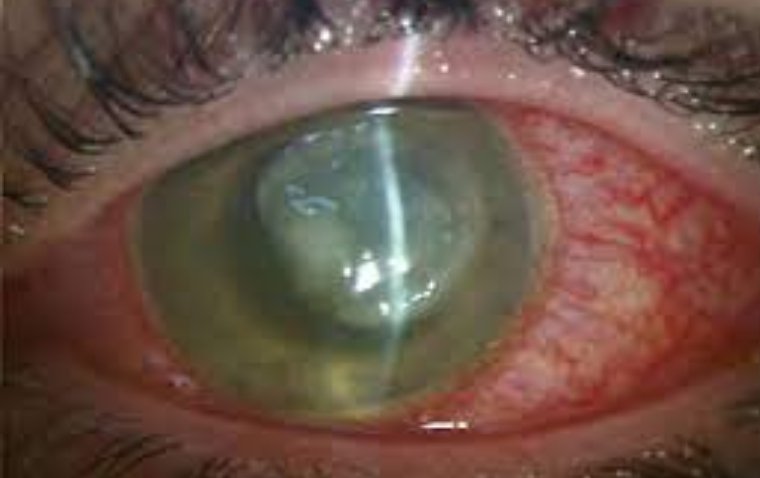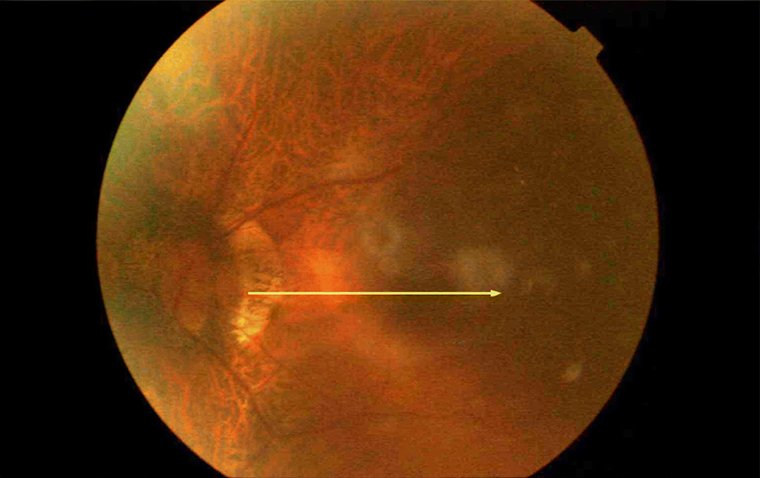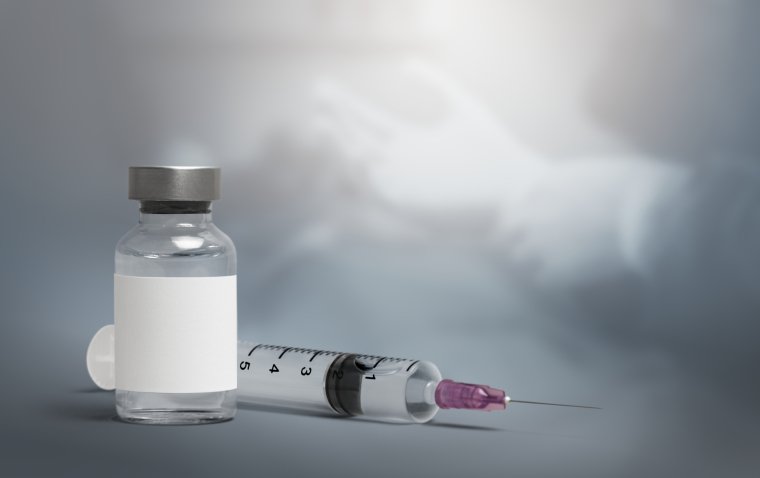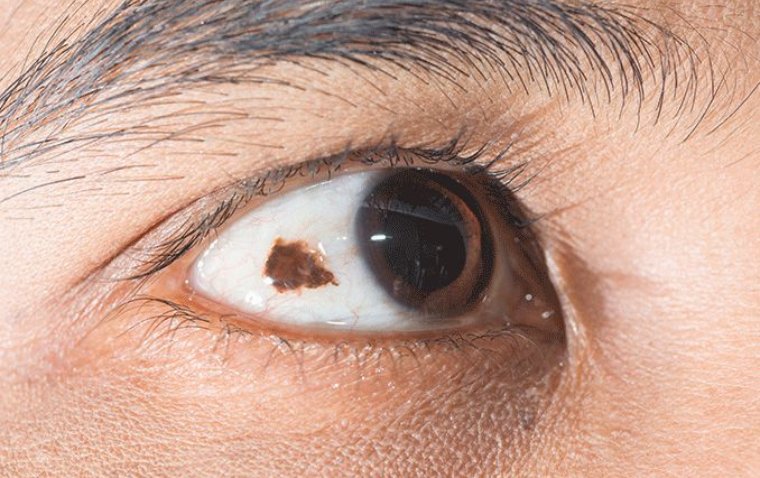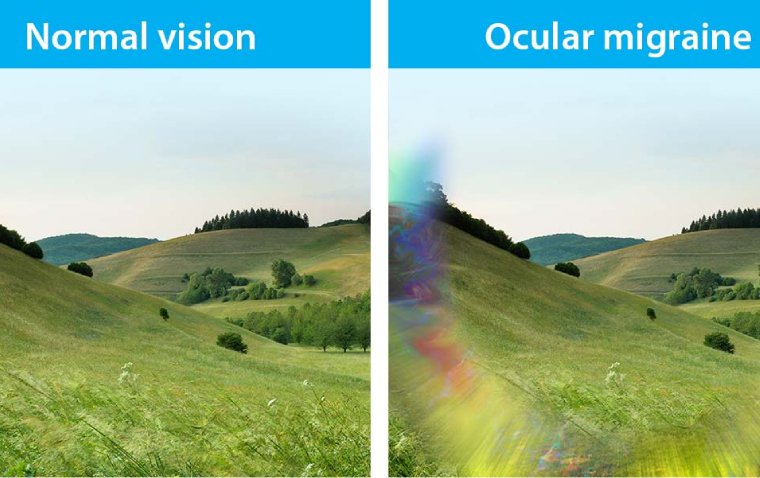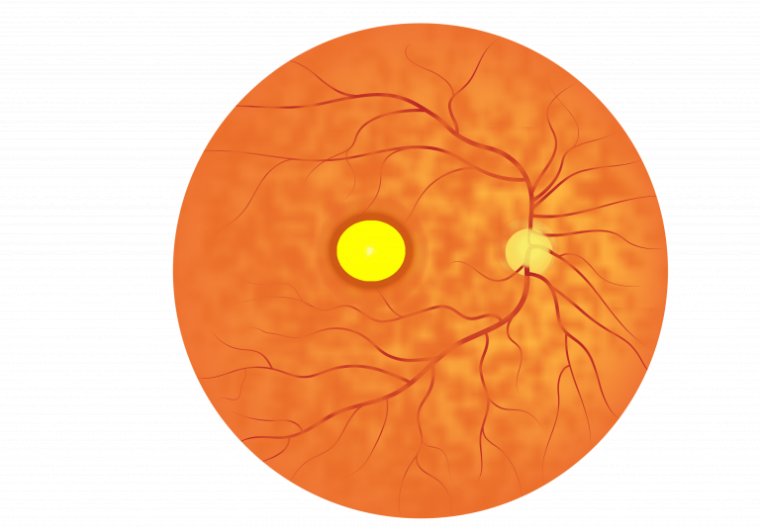
Inherited Vision Loss: A Closer Look at Best Disease
Best disease, also known as vitelliform macular dystrophy, is an inherited eye disorder that affects the macula, the central part of the retina responsible for sharp, detailed vision. This disease was first described in 1905 by a German ophthalmologist named Franz Best, hence its name.
What Causes Best Disease?
Best disease is caused by mutations in the BEST1 gene, which provides instructions for making a protein called bestrophin. Bestrophin plays a critical role in the normal function of cells in the retina, and mutations in the BEST1 gene lead to the production of a faulty protein that disrupts the normal transport of ions across the cell membrane.
Symptoms of Best Disease
The symptoms of Best disease typically begin in childhood or adolescence and progress over time.
| Symptoms | Description |
|---|---|
| Blurred vision |
The first symptom of Best disease is usually a blurred or distorted vision that may affect one or both eyes. |
| Central vision loss | As the disease progresses, central vision loss can occur, making it difficult to read, recognize faces, or perform tasks that require sharp, detailed vision |
| Yellowish deposits |
Best disease causes yellowish deposits to accumulate under the macula, which can be seen during an eye examination. |
| Light sensitivity |
People with Best disease may be sensitive to bright lights, which can cause discomfort or pain. |
| Color vision changes | As the disease progresses, color vision may be affected, causing colors to appear less vibrant or washed out |
| Blind spots | Blind spots can develop in the central part of the visual field, making it difficult to see objects directly in front of the person |
How to Diagnose Best Disease
A diagnosis of Best disease is typically made based on a combination of clinical examination and imaging tests. Your ophthalmologist will perform a comprehensive eye exam and may use tools such as optical coherence tomography (OCT) or fluorescein angiography to visualize the retina and detect any abnormalities. Genetic testing may also be used to confirm the presence of mutations in the BEST1 gene.
Management of Best Disease
Currently, there is no cure for Best disease, and treatment is focused on managing symptoms and preventing vision loss. The below chart shows the four possible options for managing Best disease.
Anti-VEGF Injections
Injections of medication that block the activity of vascular endothelial growth factor (VEGF), a protein that can contribute to the development of abnormal blood vessels in the retina. Anti-VEGF injections can help slow the progression of Best disease by reducing the growth of these abnormal blood vessels.
Gene Therapy
A treatment that involves delivering a functional copy of the affected gene to the retina, with the goal of replacing the mutated gene responsible for Best disease. Gene therapy is still in development for Best disease, but has shown promising results in animal models
Stem Cell Therapy
A treatment that involves transplanting healthy retinal cells into the affected area of the retina. The transplanted cells can integrate into the retina and replace damaged or dysfunctional cells, potentially improving vision. Stem cell therapy is still in development for Best disease, but has shown promising results in animal models.
Low Vision Aids
Devices and strategies that can help individuals with Best disease make the most of their remaining vision. Examples include magnifying glasses, specialized computer software, and orientation and mobility training. Low vision aids cannot cure Best disease, but can improve quality of life by enhancing remaining vision.
Conclusion
Best disease is a rare but potentially devastating eye disorder that can cause significant vision loss if left untreated. If you or a loved one is experiencing symptoms of Best disease, it is important to seek prompt medical attention from an ophthalmologist who specializes in the diagnosis and treatment of inherited retinal diseases. While there is currently no cure for Best disease, there are a variety of treatment options available that can help slow the progression of the disease and preserve vision for as long as possible.
(1).jpg)
